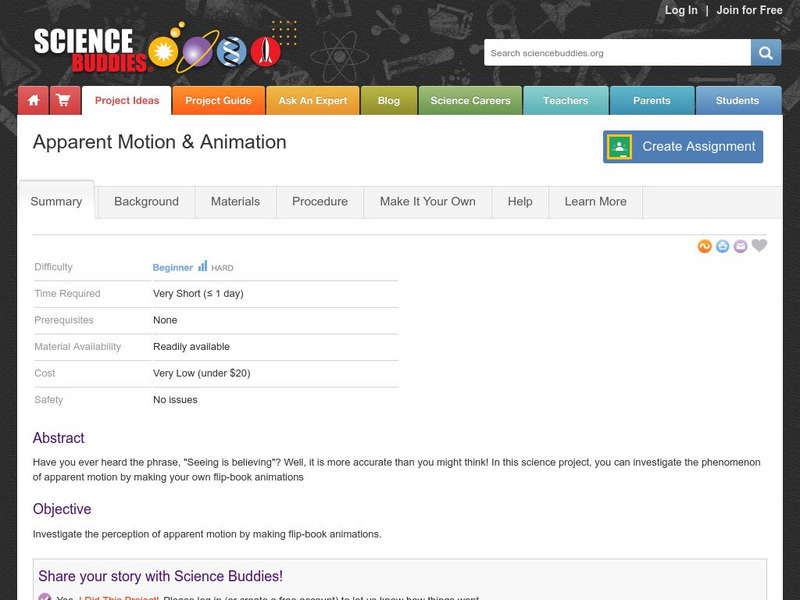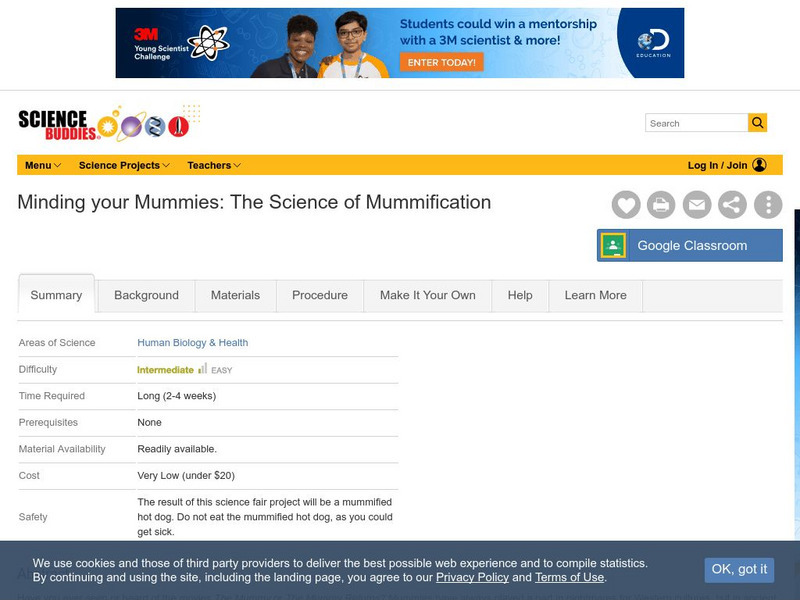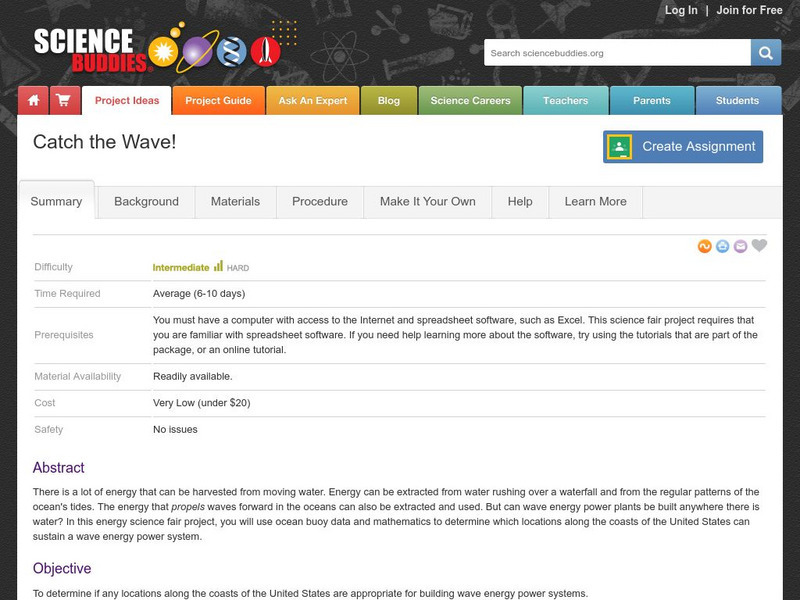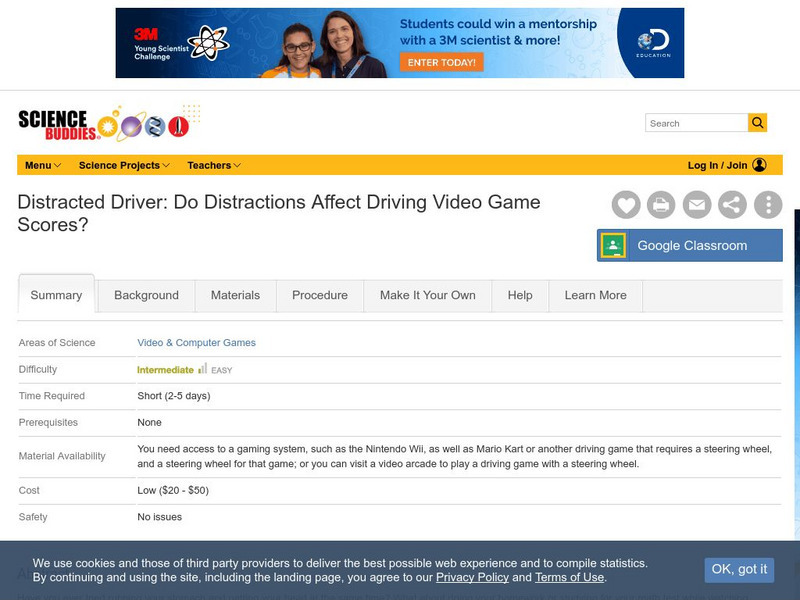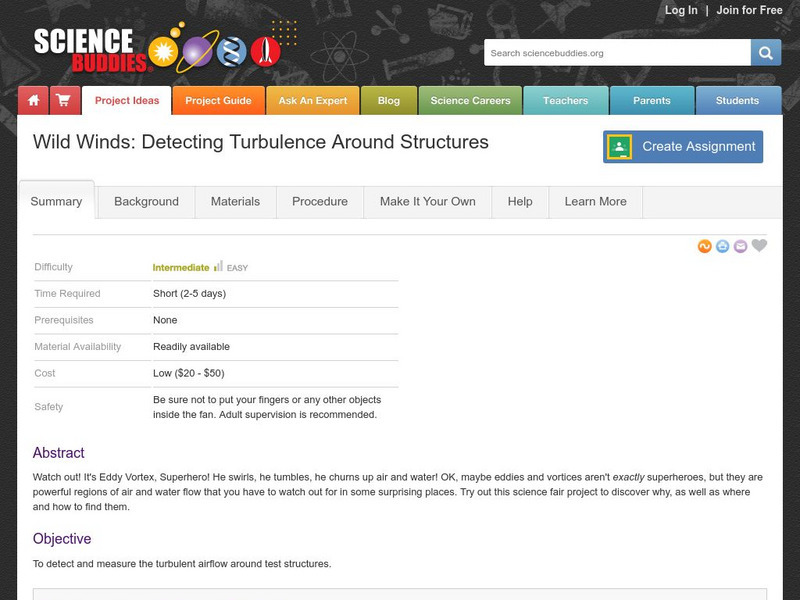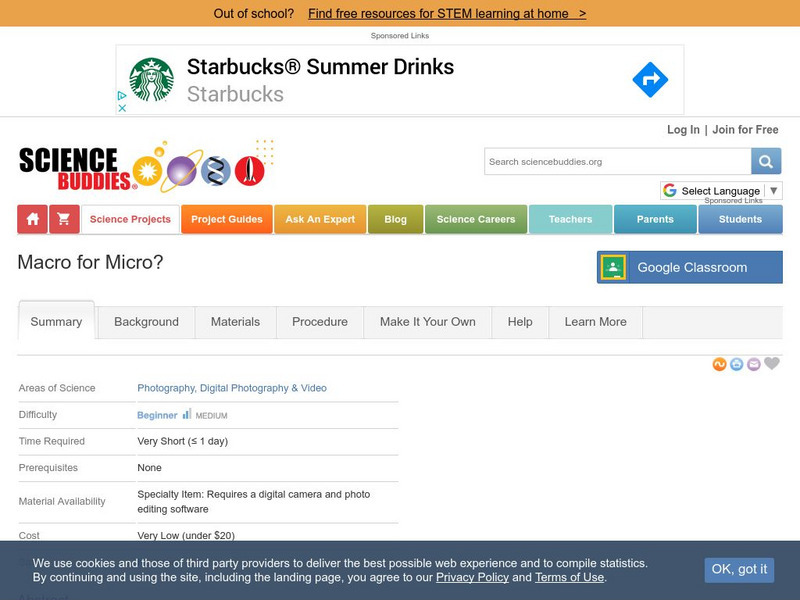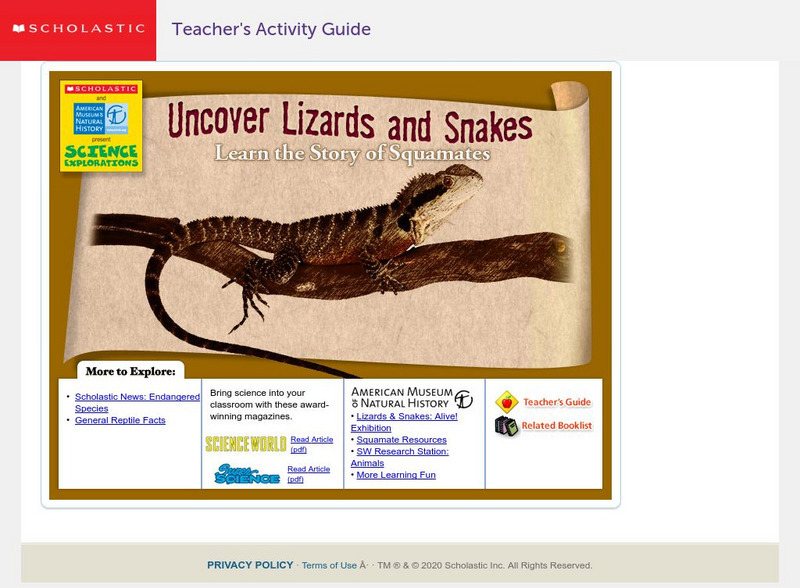Hi, what do you want to do?
Science Buddies
Science Buddies: Tricks for Treats: How Long Does It Take to Train Your Pet?
Have you ever been to an animal show and seen a sea lion balance a ball on his nose, or a tiger jump through a hoop? Or maybe you've met dogs who can sit, fetch, shake, or beg on command. The range of tricks that you can teach animals is...
Science Buddies
Science Buddies: Apparent Motion & Animation
This project investigates the phenomenon of apparent motion by making your own flip-book animations. This optical illusion experiment, while fun and short, will prove to be a very eye opening experience.
Science Buddies
Science Buddies: A Battery That Makes Cents
Batteries are expensive to purchase in a store, but you can make one your self for exactly 24 cents. In this experiment, you will make your own voltaic pile using pennies and nickels and determine how many coins in a pile will make the...
Science Buddies
Science Buddies: A Matter of Degrees: Tilt of Earth's Axis Affects the Seasons
In this science fair project, use a globe and a heat lamp to investigate how the angle of the Sun affects global warming. This project includes the objective, background questions, a list of all the materials you'll need, and the...
Science Buddies
Science Buddies: Minding Your Mummies: The Science of Mummification
Mummies have always played a part in nightmares for Western cultures, but in ancient Egypt, mummification was a serious religious ritual. They believed that preserving human remains was necessary so that the previous owner could enjoy...
Science Buddies
Science Buddies: Rocky Secrets: Where Does Oil Hide?
You may have heard the expression, "You can't get blood from a stone." But what about oil? Can you get petroleum oil from a stone? In this geology science fair project, you'll find out what kinds of stones make the best storage rocks for...
Science Buddies
Science Buddies: Speed Quest
In this sports science fair project, you will find out how to compute speeds needed to achieve world records. Not only that, but you'll learn what speed is, and how to measure it in almost anything that moves. So head for the track,...
Science Buddies
Science Buddies: Got Iron? Measure the Concentration of Iron in Water
Iron is an important mineral essential for good health. Iron deficiency can be a problem. In this science fair project, use a simple iron test kit to measure the concentration of iron in water. This experiement is explained clearly and...
Science Buddies
Science Buddies: Catch the Wave!
In this energy science fair project, the student will use ocean buoy data to determine if any locations along the coasts of the United States are appropriate for building wave energy power systems.
Science Buddies
Science Buddies: Do Distractions Affect Driving Video Game Scores?
In this science fair project, you will investigate how distractions affect your focus on a task, such as driving, by looking at how gaming scores are affected as you're talking on a cell phone or having a conversation with a friend. For...
Science Buddies
Science Buddies: Building Beaches
A day at the beach is a wonderful way to spend time with your family and friends. You can swim, play games, and build sand castles. But have you ever thought about how all of that sand got there and wondered why the shoreline weaves in...
Science Buddies
Science Buddies: Wild Winds: Detecting Turbulence Around Structures
Watch out. It's Eddy Vortex, Superhero. He swirls, he tumbles, he churns up air and water. OK, maybe eddies and vortices aren't exactly superheroes, but they are powerful regions of air and water flow that you have to watch out for in...
Science Buddies
Science Buddies: You've Got Permission to Be a Backseat Driver!
You can see what happens to your car's fuel efficiency when it takes you downtown to see a movie, up a hill for a great view, or out for a cruise on a flat country road. This is because a car's fuel efficiency does not remain the same...
American Museum of Natural History
American Museum of Natural History: O Logy: Stuff to Do: Buried Bones
A how-to science project with instructions to make a complete dinosaur bone dig site burying chicken bones in plaster of Paris. Click on the starred words to learn more about the topic.
Science Buddies
Science Buddies: Macro for Micro?
If the prefix "macro" means large and "micro" means small, then why will the macro setting of a digital camera help take a better picture of a small object? Do this experiment and get the big picture.
Science Buddies
Science Buddies: Rubber Bands for Energy
If you've ever been shot with a rubber band then you know it has energy in it, enough energy to smack you in the arm and cause a sting. How can the energy of a rubber band be put to work? In this experiment you will find out how the...
Other
Canadian Mathematical Society: Math Projects for Science Fairs
Online resource if you want to do a math project for your science fair. French available by going to the Homepage.
Discovery Education
Discovery Education: Science Fair Studio: Coordinating a Science Fair
Access a wealth of resources for a coordinating a successful science fair. This section of the Science Fair Studio site is organized into several sections: "Why Do a Science Fair?", "Types of Projects,", "Science Fair Coordinator's...
Scholastic
Scholastic: Science Explorations: Uncover Lizards and Snakes
An exploration of squamates, or scaled reptiles. Take notes about lizards and snakes using the pdf "Squamate Chart" while viewing a slideshow, investigate the squamate anatomy and how squamates differ from other animals, such as insects...
Discovery Education
Discovery Education: Curriculum Center: Science
The Discovery Channel provides numerous topics that are the most popular science topics taught in upper elementary and middle school. Content is organized by topics (Bacteria, Oceans, Solar System, etc.); all topics include quick facts,...
Orca Book Publishers
Orca Book Publishers: Tj and the Rockets Teaching Guide [Pdf]
Hazel Hutchins has written the TJ series of novels. This teaching guide for TJ and the Rockets, about TJ and his science fair project, includes a book summary, teaching ideas and the author's reflections on writing the book.
Science Struck
Science Struck: Water Cycle: An Easy Explanation for Kids
Provides a simple explanation of the water cycle by describing four main stages - evaporation, condensation, precipitation, and collection. Includes three project ideas and some interesting facts.
PBS
Pbs Kids:activities and Videos: Structures
PBS site provides videos and activities are hands-on challenges that focus on the engineering design process. They use simple materials, allow for multiple solutions, and are ideal for ages 9-12.
Science Buddies
Science Buddies: Set Your Table for a Sweet and Sticky Earthquake Shake
Earthquakes can have different affects depending on their location. This week long exercise asks you to build a model house and a special table to shake it on, and see how different soil types can amplify shaking.






